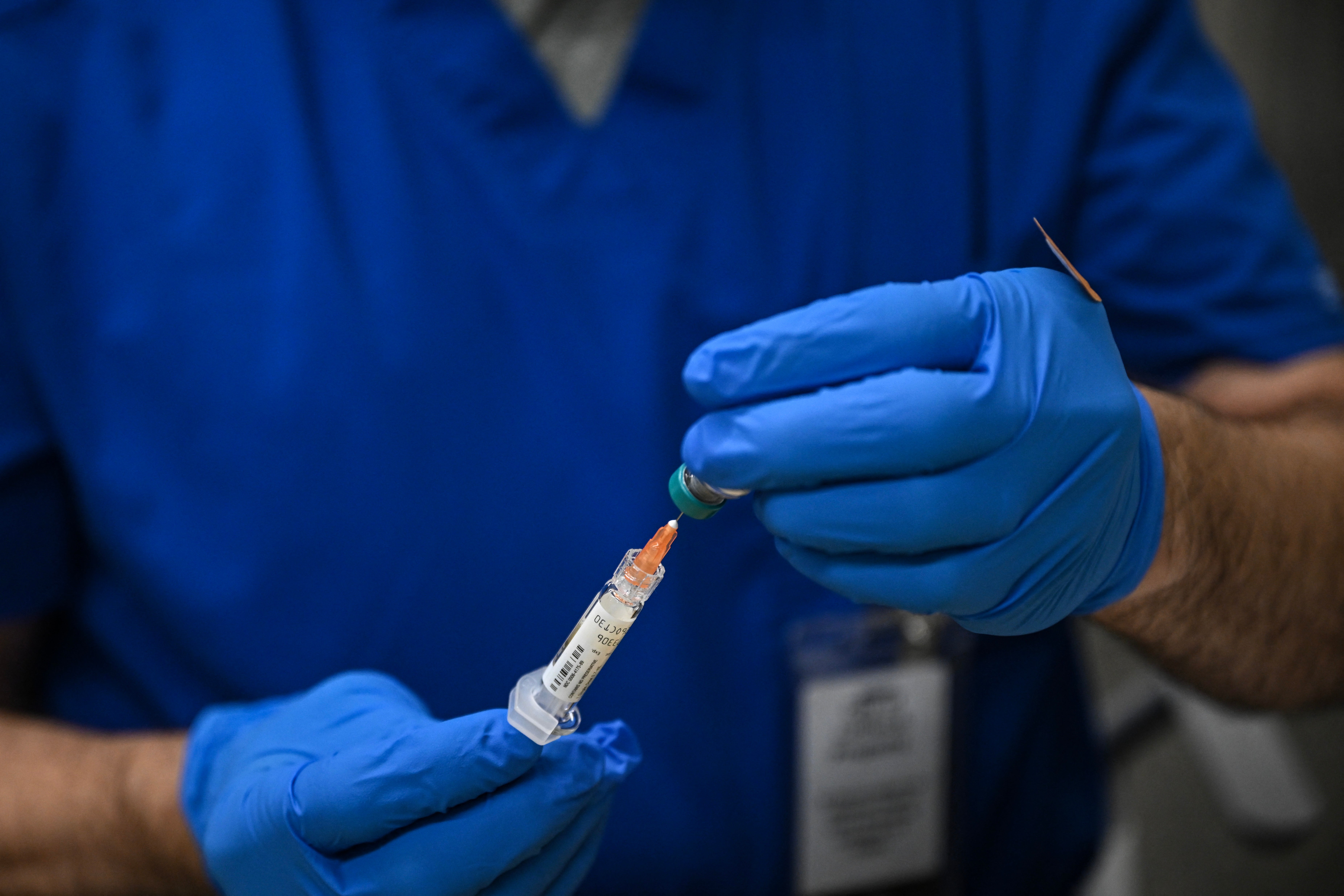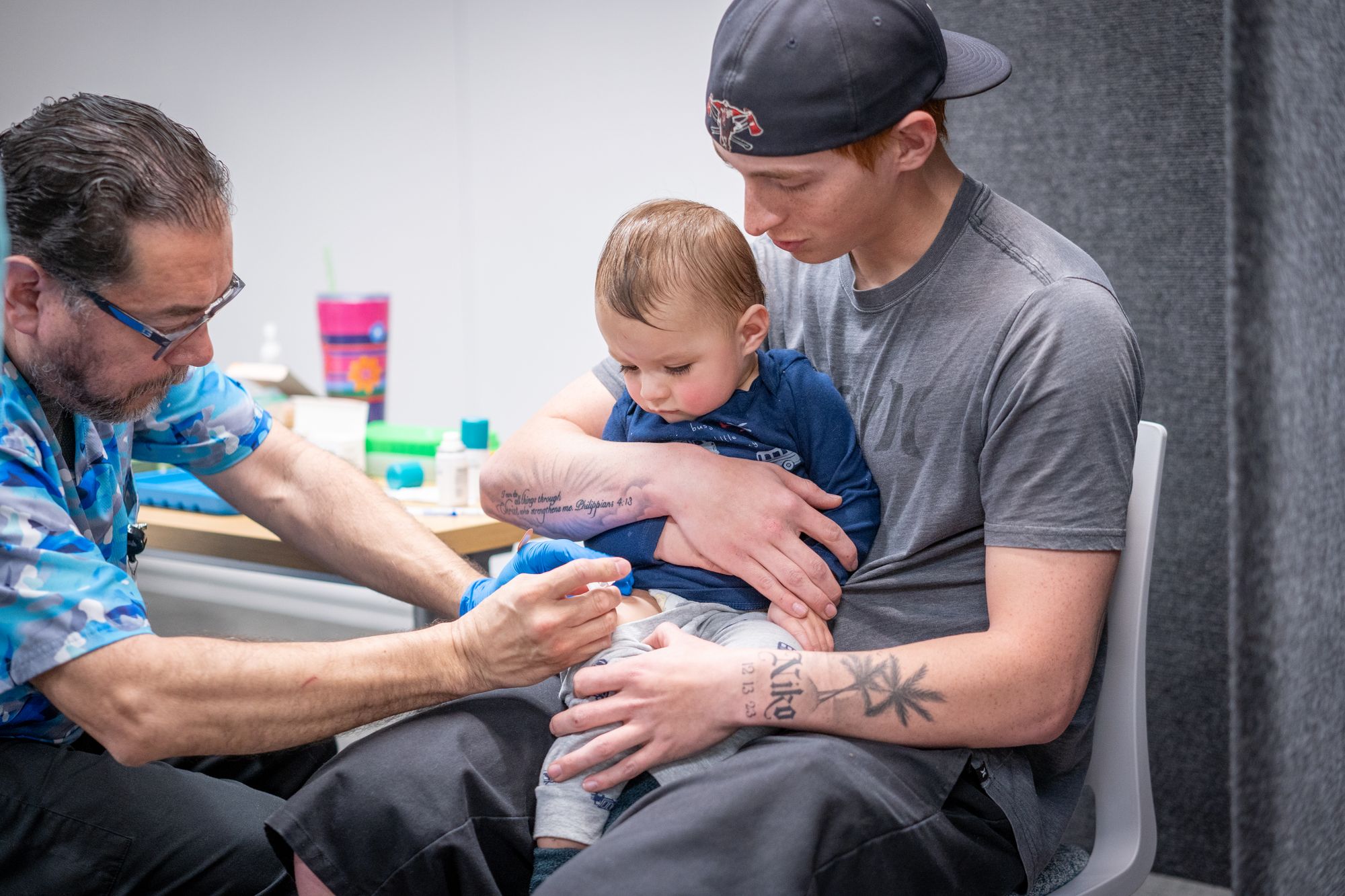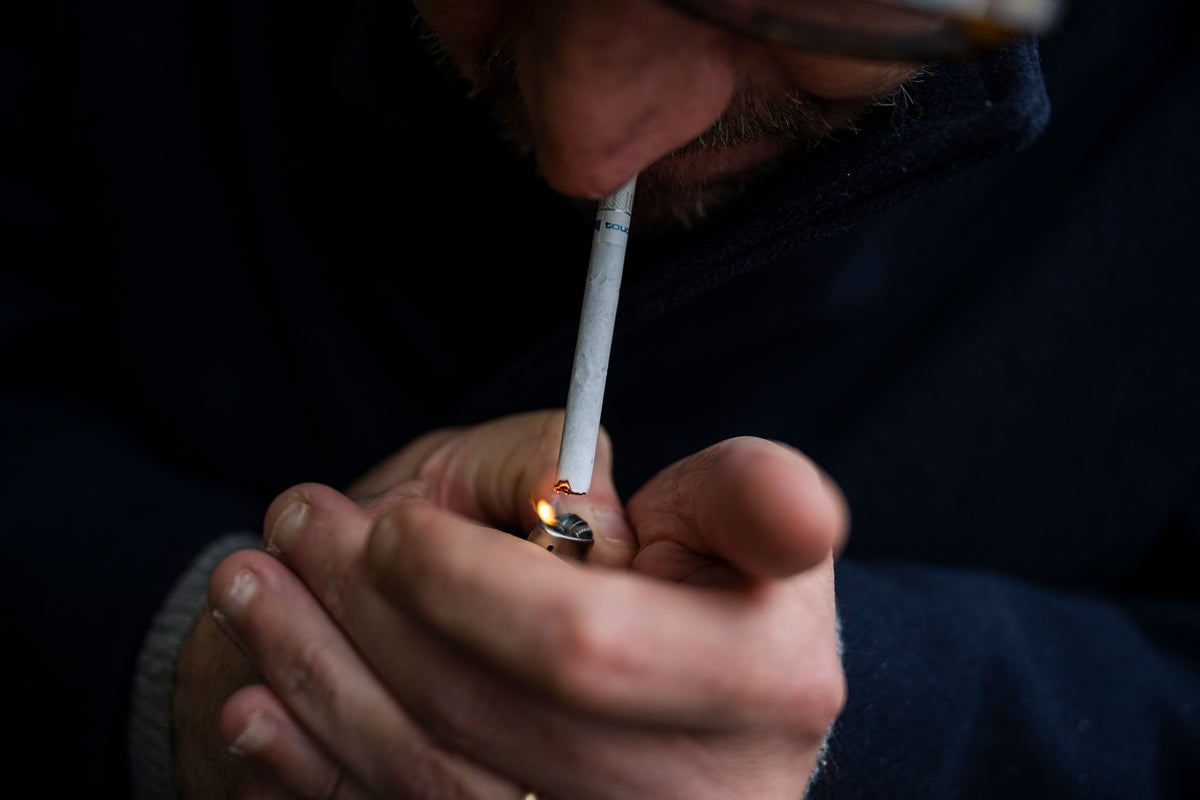Two schools in South Carolina have been forced to place at least 153 of their students under a three-week quarantine as a result of exposure to measles, according to state health officials.
None of the quarantined students from Spartanburg County’s Global Academy and Fairforest Elementary were vaccinated, ABC News reports.
They will now be expected to stay away from school for 21 days to ensure the disease’s transmission period has expired, in the interest of safeguarding others.

Meanwhile, the schools are working with the South Carolina Department of Public Health to implement precautionary measures to ensure their students and teachers are shielded from exposure.
Last week, officials in Greenville County confirmed the state’s 11th case of measles of the year, marking its eighth case since September 25.
“What this case tells us is that there is active, unrecognized community transmission of measles occurring in the Upstate [region], which makes it vital to ensure that the public have received their measles vaccinations,” Dr Linda Bell, South Carolina’s state epidemiologist, said at a briefing.
The department reminded citizens that the virus is “highly contagious” and that its particles can “linger in the air for up to two hours after an infected person leaves,” with one infected person likely to pass it on to 18 unvaccinated others. In severe cases, measles can target the lungs and brain and lead to cognitive issues, deafness, or even death.
The U.S. as a whole has recorded at least 1,563 infections so far this year, its highest level since 1992, data from the Centers for Disease Control and Prevention indicates.
There have been at least 44 separate outbreaks across 41 states in the first 10 months of this year, most notably in Texas but more recently in Arizona, Utah, and Minnesota. By contrast, there were only 16 throughout 2024.
The spread comes amid declining take-up of the measles, mumps, and rubella vaccine across the country.

Before the onset of the COVID-19 pandemic in March 2020, approximately 95.2 percent of U.S. kindergarteners were vaccinated with the MMR shot. Still, that figure has since fallen to 92.5 percent, leaving around 286,000 kindergarten-age children currently without protection from measles, likely a result of the spread of vaccine scepticism online in response to the handling of the coronavirus.
Jim O’Neill, Acting Director of the CDC and Robert F Kennedy Jr’s Deputy Health and Human Services Secretary, recently backed President Donald Trump’s call to break up the MMR vaccine into three separate shots, against the advice of inoculation experts.
Neither Trump nor O’Neill offered any scientific rationale for their enthusiasm for breaking up a shot that has been deployed successfully in the U.S. since 1971.
Andrew Nixon, HHS Communications Director, told The Independent: “Deputy Secretary O’Neill agrees with President Trump that immunizations for measles, mumps and rubella would be best administered as three separate vaccines.
“Standalone vaccinations can potentially reduce the risk of side effects and can maximize parental choice in childhood immunizations.”
The pharma giants Merck and GSK are the lead manufacturers of the combined shot, and the former has agreed with experts who warned it would not be advisable to meddle with the vaccine.
Merck pointed out in a statement that breaking it up would require children to have more injections and increase the likelihood of their immunization schedule being disrupted, potentially encouraging the further spread of the viruses it was designed to stop.

.jpeg)





















.jpeg)













 English (US) ·
English (US) ·